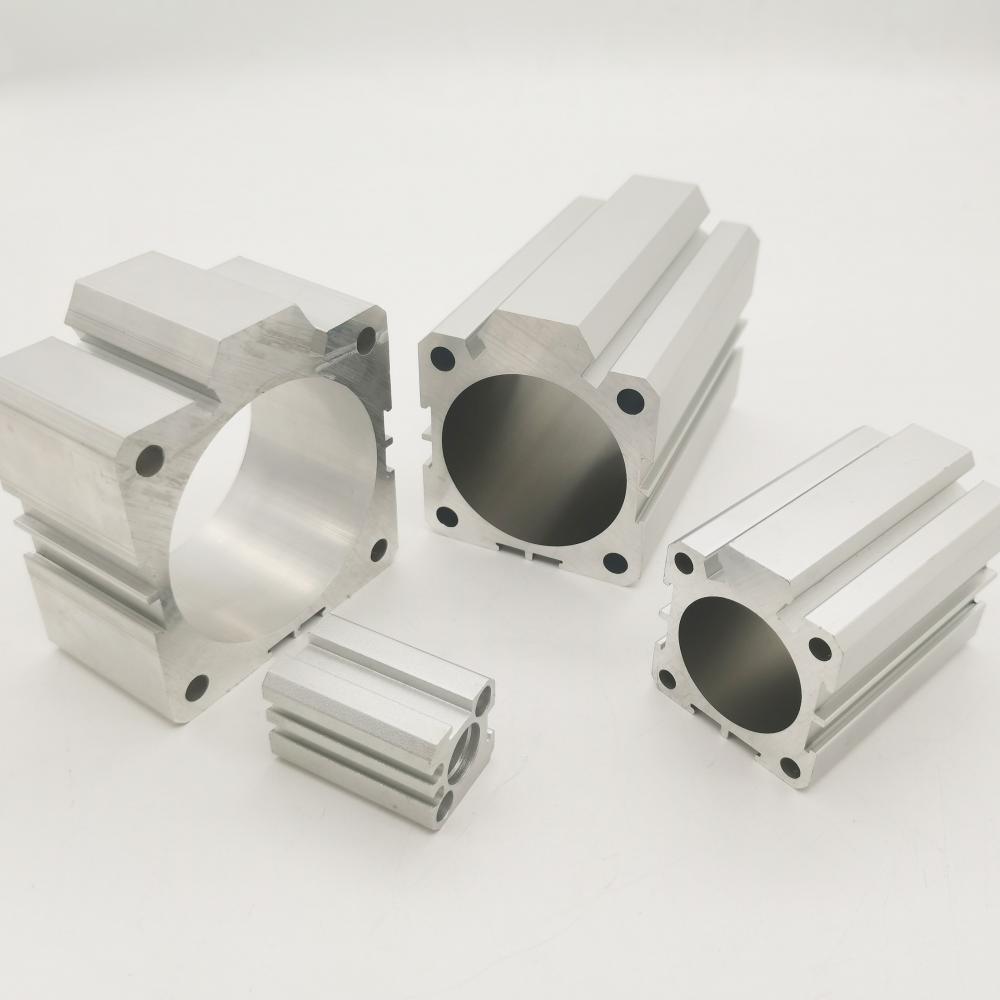Air cylinder tubes, also known as pneumatic cylinder tubes, are essential components in various industries that require linear motion and force. These cylindrical structures play a crucial role in automation, manufacturing, and other sectors where precise and controlled movement is necessary. Understanding the function and applications of air cylinder tubes can help businesses optimize their operations and enhance overall efficiency.

The Components of an Air Cylinder Tube:
An air cylinder tube consists of several key components. The cylinder barrel provides the main body of the cylinder, housing the other parts. The cylinder cap seals the cylinder barrel and contains the necessary ports for air intake and exhaust. The piston is responsible for converting compressed air into linear motion, while the rod connects the piston to the load being moved.
Types of Air Cylinder Tubes:
Air cylinder tubes can be categorized into single-acting, double-acting, and multi-stage cylinders. Single-acting cylinders use air pressure to exert force in one direction, while double-acting cylinders can generate force in both directions. Multi-stage cylinders, on the other hand, have multiple pistons and chambers to achieve enhanced force and stroke capabilities.
Materials Used in Air Cylinder Tubes:
Air cylinder tubes are typically made from materials such as steel, aluminum, or composite materials. Steel cylinders offer high strength and durability, making them suitable for heavy-duty applications. Aluminum cylinders are lightweight and corrosion-resistant, making them ideal for industries with weight-sensitive requirements. Composite materials provide a balance between strength, weight, and cost-effectiveness.
Applications of Air Cylinder Tubes:
Air cylinder tubes find extensive use in various industries. In the manufacturing and automation industry, they are used in assembly lines and robotic systems for precise movement and positioning. The automotive industry relies on air cylinder tubes for functions such as brake systems and engine valve control. In the medical industry, these tubes are used in devices like prosthetics and surgical robots. The construction industry also utilizes air cylinder tubes for tasks such as lifting heavy loads and operating machinery.
Advantages and Limitations of Air Cylinder Tubes:
Air cylinder tubes offer several advantages, including reliability, durability, and high force output. They are relatively easy to install and maintain, making them cost-effective solutions. However, air cylinder tubes have limitations in terms of speed and precision compared to other linear actuation methods such as electric actuators or hydraulic systems.
Air cylinder tubes play a vital role in various industries, enabling precise and controlled linear motion. Understanding their function and applications can lead to improved efficiency and productivity in industrial settings. By harnessing the power of air cylinder tubes, businesses can optimize their operations and achieve better performance. It is crucial for industries to continue exploring and utilizing pneumatic cylinder tubes to unlock their full potential.






